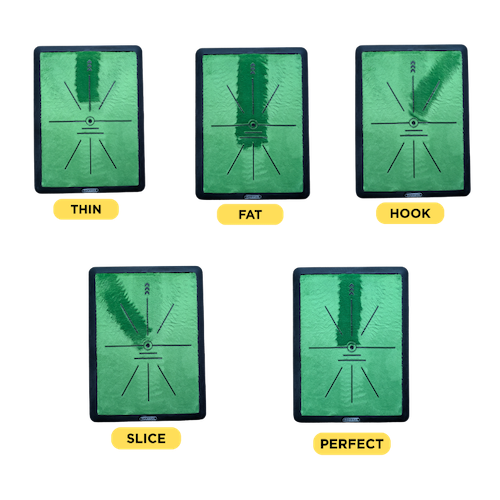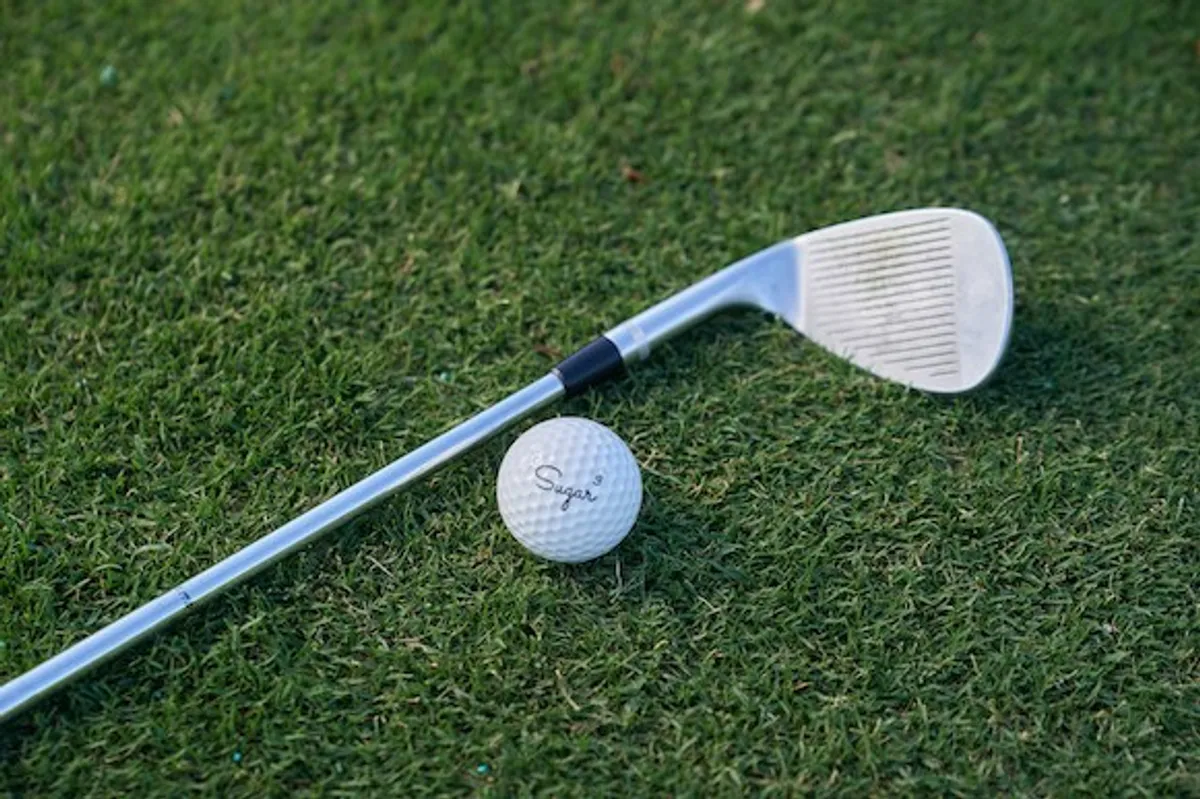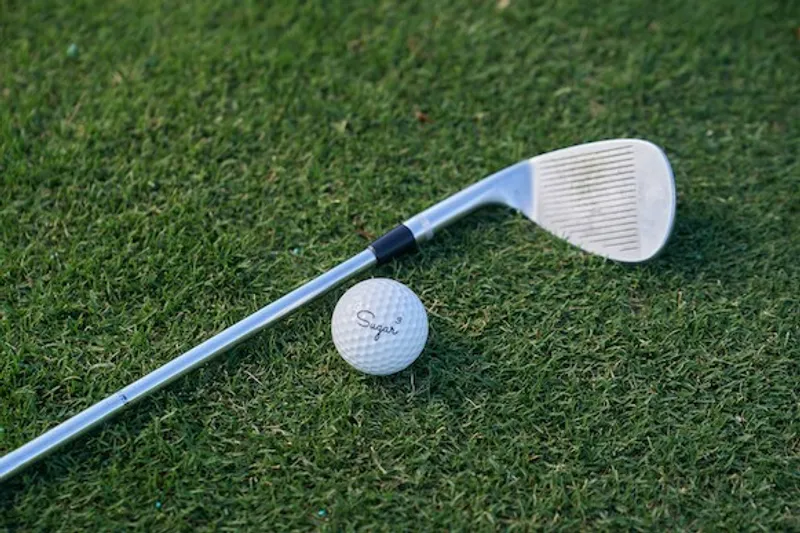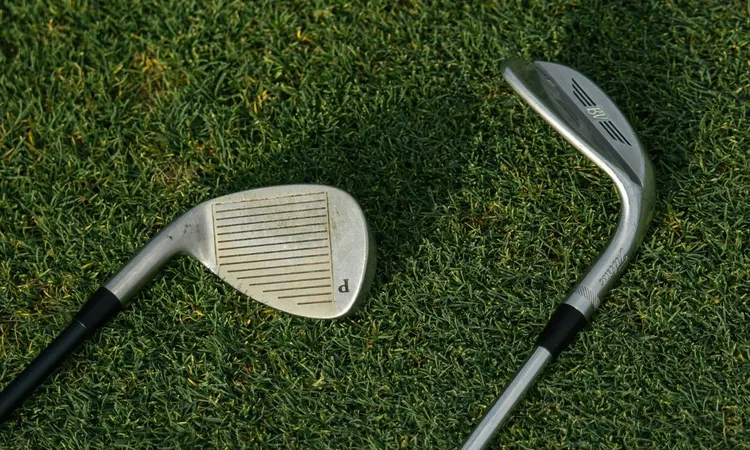Struggling with those tricky in-between shots? You know—the ones too long for your sand wedge but too short for your pitching wedge. If you’ve ever felt uncertain about which club to choose, it’s time to get acquainted with the approach wedge.
Often called the gap wedge, the approach wedge is a versatile tool that can transform your short game. In this article, we’ll explore how to effectively use an approach wedge in your golf game to improve precision and control, helping you navigate those challenging distances with confidence.
What Sets the Approach Wedge Apart?
The approach wedge perfectly balances loft (48 to 54 degrees), control, and distance. Designed for higher, shorter shots with precision, it offers a slightly greater loft than a pitching wedge, which ranges from 43 to 48 degrees. While a pitching wedge covers longer distances—about 116 yards on average—the approach wedge allows you to comfortably cover around 103 yards with more control.
Compared to the sand wedge, the approach wedge provides less loft, making it useful beyond bunker shots or high, soft landings. It offers a middle ground, handling distances that neither the pitching nor the sand wedge can manage as effectively.
How to Fix Swing Flaws From Home Without a Coach or Expensive Gadgets
Struggling with thins, fats, slices—or just can’t tell what’s going wrong?
This swing mat shows you exactly how your club strikes the ball, giving instant visual feedback after every shot. With just a few swings, you’ll start spotting mistakes in your swing path that are otherwise invisible.

It’s a quick, low-hassle way to connect what you feel in your body with what’s really happening at impact.
Use it indoors or out, no ball required—just swing and learn. It’s one of the fastest ways to improve your swing right from home.
Also useful around the green, the approch wedge is usefule for shorter pitches and chips when the right amount of loft and roll is needed.
Key Characteristics of Approach Wedges
Loft and Trajectory
With a loft angle of 48 to 54 degrees, the approach wedge provides a balance that allows for higher shots than a pitching wedge while maintaining control. This loft generates a higher trajectory with more spin, helping the ball land softly on the green. For golfers aiming to reach the green without overshooting, this added loft and backspin can make a significant difference.
Control and Distance
The design of the approach wedge centers around enhanced control and precision. It often features a slightly heavier clubhead and a shorter shaft, which might reduce maximum distance but significantly increases control. The focus shifts from raw power to precision and consistency, enhancing shot accuracy and turning challenging mid-range shots into scoring opportunities.
Versatile Use Across the Course
The approach wedge shines not just on the fairway but also around the greens. Its adaptable design makes it ideal for various shots—whether executing a full swing or a gentle chip. The grooves on the clubface generate spin, effectively controlling the ball’s roll after landing. Navigating tight lies and tricky bunker shots becomes more manageable, allowing the approach wedge to fit seamlessly into diverse play scenarios.
Mastering Technique with the Approach Wedge
Techniques for Approach Shots
Controlling your swing speed is essential when using the approach wedge. Its higher loft requires a smooth, controlled swing to harness the club’s spin and loft effectively. Swinging too aggressively can reduce control, causing the ball to soar too high or fall short.
Focus on your stance for added precision. Position the ball in the center or slightly back in your stance to promote a steeper angle, allowing the clubface to impart more backspin for soft landings. Align your hips and shoulders parallel to your target line to facilitate a straightforward swing path.
Grip pressure is also crucial. A grip that’s too tight can restrict your swing, affecting distance and control. Maintain a relaxed grip—firm enough to control the club without causing strain.
Avoiding Common Mistakes
A common mistake is neglecting wind factors. The wedge’s higher trajectory means that even a light breeze can affect ball flight. Adjusting for wind by aiming slightly into or away from the breeze can result in more controlled shots.
Another pitfall is over-analyzing club selection. Trust the approach wedge for those in-between distances. If you’re torn between clubs, resist swinging harder with a pitching wedge or softer with a sand wedge—the approach wedge is likely your best option for consistency.
Visualizing your shot path enhances focus. By mentally mapping the ball’s expected trajectory and landing area, you clarify your target and streamline execution, solidifying your game plan and reducing indecision.
Approach Wedge Drills for Improved Skill
Distance Control Drill
Effective distance control is crucial. On the practice range or in your backyard, set up targets at varying distances—40, 60, 80, and 100 yards. Using your preferred swing, hit toward each target, focusing on consistent swing length and rhythm while adjusting power. This develops a natural feel for distance and the appropriate power levels needed.
Bounce Understanding Exercise
Understanding the bounce of your wedge enhances shot accuracy on different turf conditions. Practice on various surfaces—plush grass, hard-packed ground, or sand. Experiment with different attack angles to find the balance where the wedge glides over the turf, promoting a clean strike.
Feel and Stroke Variation Drill
Set a target around 50 yards. Use swings ranging from quarter to three-quarter lengths, concentrating on smoothness over force. Observe how swing variations affect distance and trajectory, tailoring your feel for diverse scenarios.
Confidence-Building Routine
Confidence is as significant as technique. Establish a routine where you visualize the shot, choose your swing, and commit. Mentally rehearse the shot’s path and landing area to build trust in your decisions under pressure.
Regular practice with these drills enhances familiarity with your approach wedge’s characteristics, keeping your game sharp and adaptable.
Conclusion
Integrating the approach wedge into your golf game can bride the gap between clubs and enhancing your control over pivotal mid-range shots. By understanding its unique characteristics and practicing the techniques outlined, you’ll add a new level of precision to your play.







